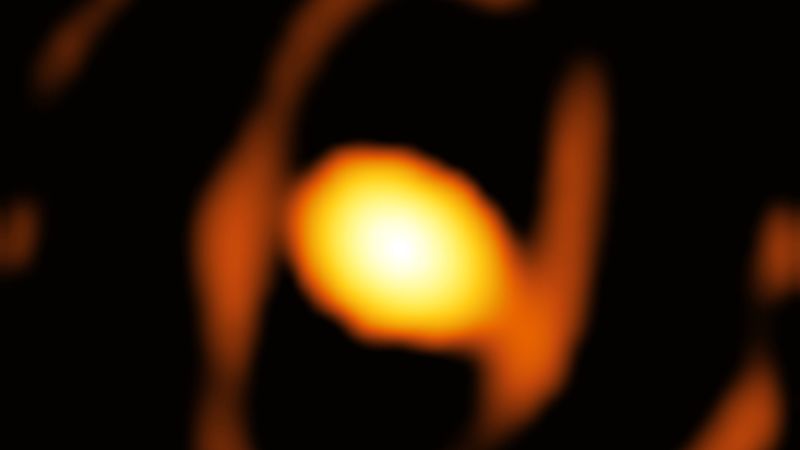
Tidal Bulges
Tidal bulges are the deformations of a celestial body caused by the gravitational forces of another celestial body. In the context of space and astronautical engineering, tidal bulges are particularly important in the study of celestial mechanics and the design of spacecraft trajectories. The gravitational forces of celestial bodies, such as planets and moons, can cause tidal bulges on nearby spacecraft, which can affect their trajectories and stability. Tidal bulges can also cause tidal locking, where the rotation of a celestial body becomes synchronized with its orbit around another body. This phenomenon is observed in many moons in our solar system, including the Moon and several of Jupiter's moons. Understanding tidal bulges is crucial for the design of spacecraft missions, especially those that involve close flybys of celestial bodies.
Your Previous Searches
Random Picks
- Corrective Actions: Corrective actions refer to the steps taken to identify, analyze, and eliminate the root cause of a problem or nonconformity in a space or astronautical engineering project. These actions are taken to prevent the recurrence of the problem a ... Read More >>
- Packet-based Communication: Packet-based communication is a method of transmitting data in which information is divided into small, fixed-size units called packets. Each packet contains a portion of the data, as well as information about its destination and the order ... Read More >>
- Tropical Cyclone: A tropical cyclone is a rotating low-pressure weather system that forms over tropical or subtropical waters and has closed, organized circulation. It is characterized by strong winds, heavy rainfall, storm surges, and sometimes tornadoes. T ... Read More >>
Top News

Archaeologists discover 4,000-year-old canals used to fish by predecessors of an...
Using drones and Google Earth imagery, archaeologists have discovered a 4,000-year-old network of earthen canals in what’s now Belize...
News Source: ABC News on 2024-11-22

First close-up image of a star beyond our galaxy may reveal impending supernova...
Astronomers have taken the first close-up image of a star beyond our galaxy, and it’s a “monster star” surrounded by a cocoon as it slowly dies....
News Source: CNN on 2024-11-21

Bestselling author explains the science of happiness: "You can do the work"...
Bestselling author and Harvard professor Arthur Brooks opens up about how enjoyment, satisfaction and meaning in life can increase a person's wellbeing....
News Source: CBS News on 2024-11-18

November's full moon, known as the Beaver Moon, is the last supermoon of 2024. H...
November's full moon, known as the Beaver Moon, is the last supermoon of 2024. Here's when it peaks and why it's called the Beaver Moon....
News Source: CBS News on 2024-11-15

You can't put a price on the sense of awe particle physics inspires...
Astronomy and particle physics are no longer seen as vital by the US establishment, so funding has fallen. But our work creates a sense of wonder, and wonder matters, says Chanda Prescod-Weinstein...
News Source: New Scientist on 2024-11-13